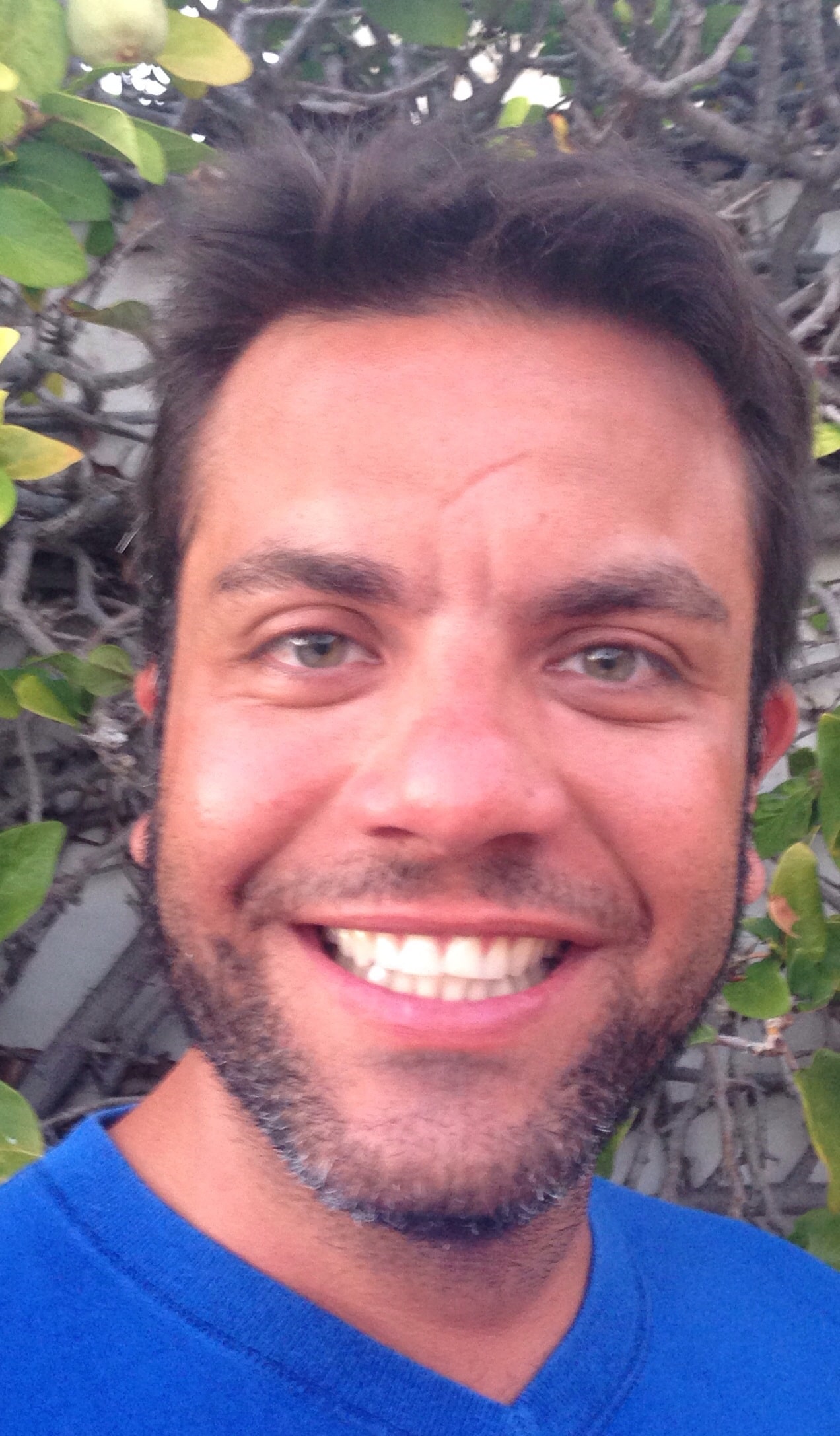What’s wrong with delayed feedback?
A few things, I believe.
But first things first: What is delayed feedback?
Basically it’s oral correction at the end of an activity rather than shortly after the mistake was made. Delayed feedback enables you to correct students without interrupting them, which is often a very sensible thing to do, of course. There are times, though, when we can – and indeed should – intervene more readily. Let me explain. But first, a little semantic hair-splitting.
Intervene strikes me as a better word than interrupt because butting in mid-sentence is probably one of the least effective ways in which you can correct students (along with re-casting). I believe it’s better to wait until the student has finished his/her sentence or train of thought and then intervene. In other words, there’s a world of difference between providing feedback immediately after the mistake was made (interrupting) and shortly after the mistake was made (intervening). Whenever I use the term “on-the-spot correction”, I’m referring to the latter – NOT the former. Please keep this in mind throughout this post.
So while I agree that delayed correction is a useful – though increasingly overused – technique, I still tend to favor on-the-spot corrective feedback. Here’s why:
1. We tend to overestimate the emotional impact of on-the-spot correction. No one in their right mind, of course, would correct students on the spot when they’re talking about very sensitive issues (“I don’t make my homeworks because my grandma die yesterday”) or, say, engaged in a very heated discussion or complex problem-solving activity. In those cases, non-correction or delayed feedback would be more appropriate. Trouble is, a lot of the meaning-focused speaking that students do in class is sometimes far more trivial in nature, with less emotional significance and fewer processing demands: talking about uneventful weekends (“On Sunday I watch TV”), answering simple comprehension questions, asking about language (“Is correct if I say this?”) and so on. This means that on-the-spot correction may sometimes be less unsettling for students than we fear. I’m not talking about how individual learner differences play into the whole process, of course.
2. Correction tends to be more effective when the student knows exactly what (s)he said wrong and delayed feedback doesn’t always fare well in that respect. I’ve lost count of the number of times I’ve highlighted mistakes on the board and elicited the correction at the end of the activity, just to realize that the students who had made the mistakes couldn’t remember ever making them. And when they did remember the sentence, it was often because of the original context (i.e., same key words) rather than the target form.
3. Depending on the activity type or topic, certain mistakes will keep resurfacing over and over and it’s probably best to deal with those mistakes sooner rather than later. Many years ago, I remember using a “find the 12 differences” information gap task with a group of pre-intermediate learners. As I’d expected, most students spent the whole activity saying things like “In your picture has a black dog?” “In my picture have two trees.” Even the students who were initially using there is / are correctly, to my despair, eventually started to put the deviant forms in circulation too. In the best communicative tradition, I gave them feedback at the end of the activity, half convinced that I was doing the right thing, but secretly wondering if non-intervention was really the best policy. In hindsight, I realize I should’ve followed my instincts. Telling students “Well, this is what you should’ve been saying all along… See you next Tuesday” was the easiest thing to do, but perhaps not the most helpful.
4. I believe corrective feedback tends to be more effective when there is an opportunity for retrial under real operating conditions. In other words, when we give students another chance to get right – in communication – whatever they got wrong. So perhaps in the information gap task I described above, it would have been wiser to stop the activity, point out the mistakes, elicit the correct forms, drill them a bit and then ask students to start again – an example of sandwich feedback if you will. Retrial, I believe, is a critically important – and yet sadly overlooked – aspect of oral correction. Click here if this idea makes sense to you.
Thanks for reading. See you next month.




